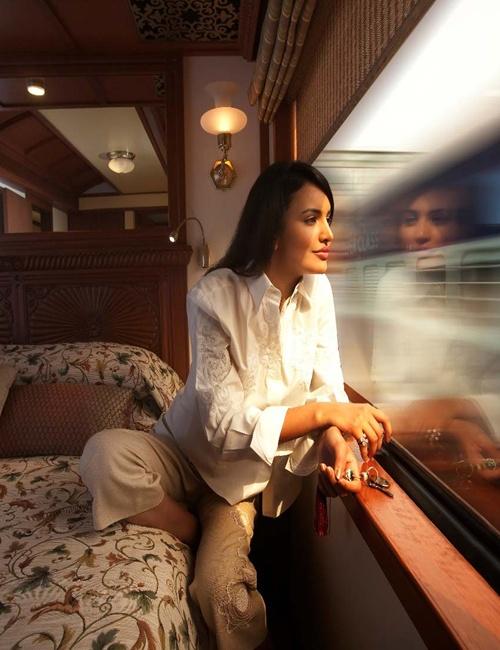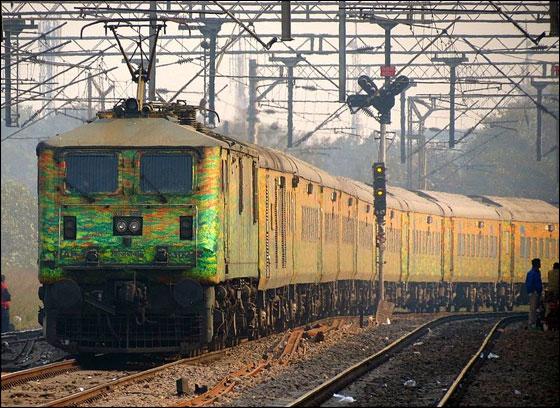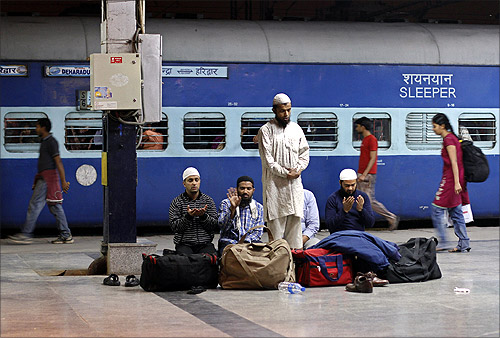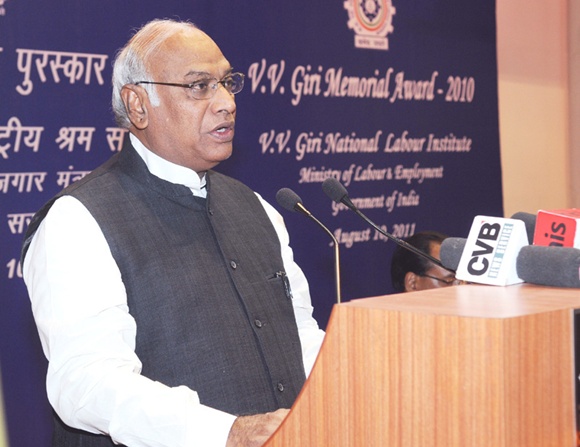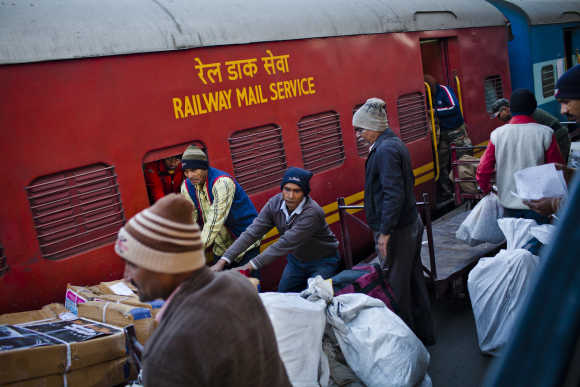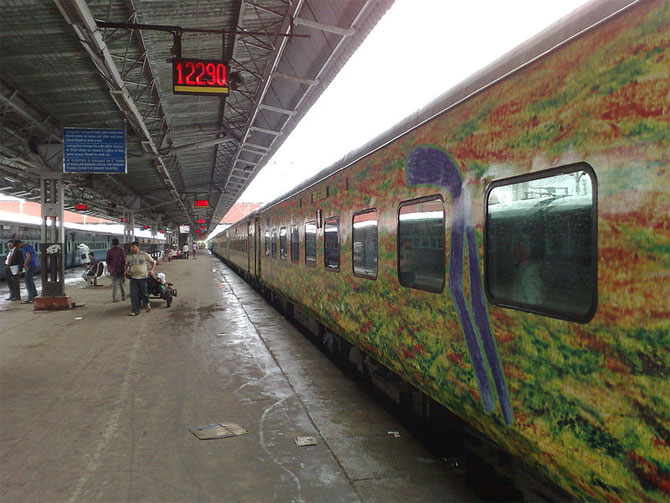 | « Back to article | Print this article |
Railways' plan to mint money: AC tickets at Rs 12,000-Rs 17,000!
Last December, the Indian Railways launched a unique initiative that now looks set to pay it rich dividends.
Anticipating a huge rush for railway tickets for air-conditioned travel on the Delhi-Mumbai route, it had operated a premium train service to connect the two cities during the Christmas-New Year holiday season last year.
And, believe it or not, it sold one-way AC Tier-III tickets at up to Rs 12,000 apiece and AC Tier-II ones at up to Rs 17,000 -- six to seven times higher than the ordinary Rajdhani Express fare on this route.
If travel experts are to be believed, the premium the Railways pocketed during the pilot train service is not surprising.
The demand for rail or air tickets is huge during the December holiday season, when even airfares go up to well over Rs 12,000 for a one-way journey.
Click NEXT to read further. . .
Railways' plan to mint money: AC tickets at Rs 12,000-Rs 17,000!
What Indian Railways did was to tap into this market by using a dynamic-fare system to boost revenue.
The good sign is that the lessons from the pilot run are not going waste.
To cash in on the huge demand for tickets in some sectors, the Railways is now planning to adopt a dynamic-pricing model on 37 premium train routes.
Similar trains will be planned in coming months on select routes to Bikaner and Goa during the holiday rush.
“We have identified 37 routes on which, throughout the year, there is a persistent waiting list at origin and destination points.
“We are in the process of drawing a plan to run premium trains on these routes.
Click NEXT to read further. . .
Railways' plan to mint money: AC tickets at Rs 12,000-Rs 17,000!
“The base fares for these trains will be higher or equal to the fare of ‘Tatkal’ tickets of other trains,” D P Pande, member (traffic), Railway Board, told Business Standard.
Operations of Rajdhani and other trains on these routes would remain unaffected; the initiative would cater to the demand from passengers willing to pay more, said Pande.
The Railways is also in the process of building a technology to automatically schedule a premium train when waiting lists on regular trains on a route exceed a certain threshold.
The financial importance of the Railways’ December pilot run could be gauged from the fact that the service fetched it 43 per cent more revenue than Tatkal tickets on the Delhi-Mumbai Rajdhani Express.
Click NEXT to read further. . .
Railways' plan to mint money: AC tickets at Rs 12,000-Rs 17,000!
It is estimated that the Railways normally earns about Rs 19 lakh (Rs 1.9 million) from a one-way journey on a train like Delhi-Mumbai Rajdhani.
But these trains can in no way make up for the loss the Indian Railways suffers on running passenger operations.
Railway passenger fares were subsidised by about Rs 25,000 crore (Rs 250 billion) last financial year.
How are the tariffs decided?
The tricky issue in dynamic pricing is to figure out how high the tariff can go and to what extent a commuter will pay higher rail tariffs, given that one can get an air-ticket at around the same price.
For this, the Railways has come up with a smart-pricing formula to compete with airways and increase fares in sync with the demand curve.
The formula has a floor price equivalent or more than the Tatkal Rajdhani/Mail tariff. The price will further increase in tune with the demand curve -- the rate at which the tickets are booked.
Click NEXT to read further. . .
Railways' plan to mint money: AC tickets at Rs 12,000-Rs 17,000!
A team of officials will also monitor the prices of air tickets at that time and keep the ticket price for premium trains lower than airfares.
Like the air travel on low-cost flights, commuters will not be allowed to cancel tickets on premium trains or seek refund on those, unless a train has been cancelled by the Railways itself.
No waiting list reservations will be permitted, but a limited number of reservation-against-cancellation tickets will be issued.
The tickets for the premium trains will be booked only through the internet.
Since the ticket prices will fluctuate according to demand, a ‘bucket ticket’ option will be made available for booking multiple tickets for the family at the same price.
Click NEXT to read further. . .
Railways' plan to mint money: AC tickets at Rs 12,000-Rs 17,000!
The challenges ahead
Without further capacity augmentation, more premium trains, which will get a preference to other passenger and freight trains, might add to the burden on the rail infrastructure.
“But we are banking on higher earnings from premium trains to make up for the marginal increase in costs in the form of delays in movement of freight traffic,” said a senior railway official.
On track for profits
More special/premium trains
- Seven premium trains were run under pilot service on the Delhi-Mumbai route (onward and return)
- More premium trains to be run during the Dussehra-Diwali-Chhath holiday rush
- Next premium trains to Goa and Bikaner as local events have increased demand
- Profit boost
- Rs 5 lakh: The profit the Railways normally books on running a one-way Rajdhani Express train on the Mumbai-Delhi route
- Rs 7 lakh: The Railways' profit was nearly 43% higher on the pilot service on the same route
Source: Indian Railways, travel portals
